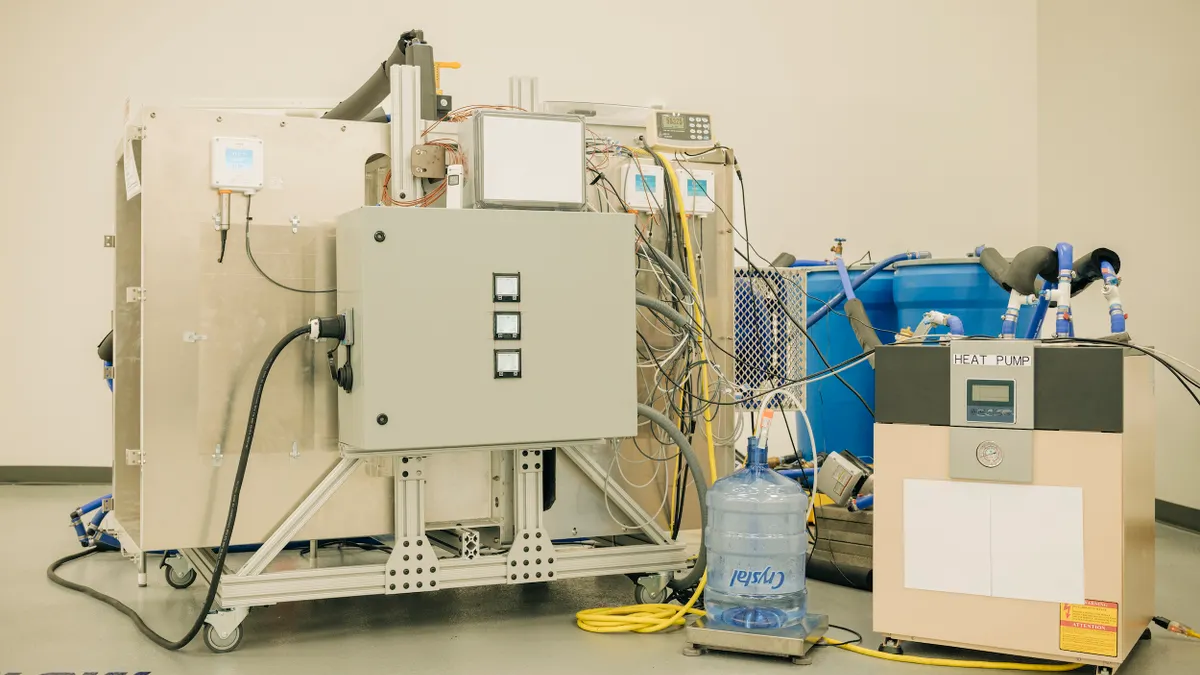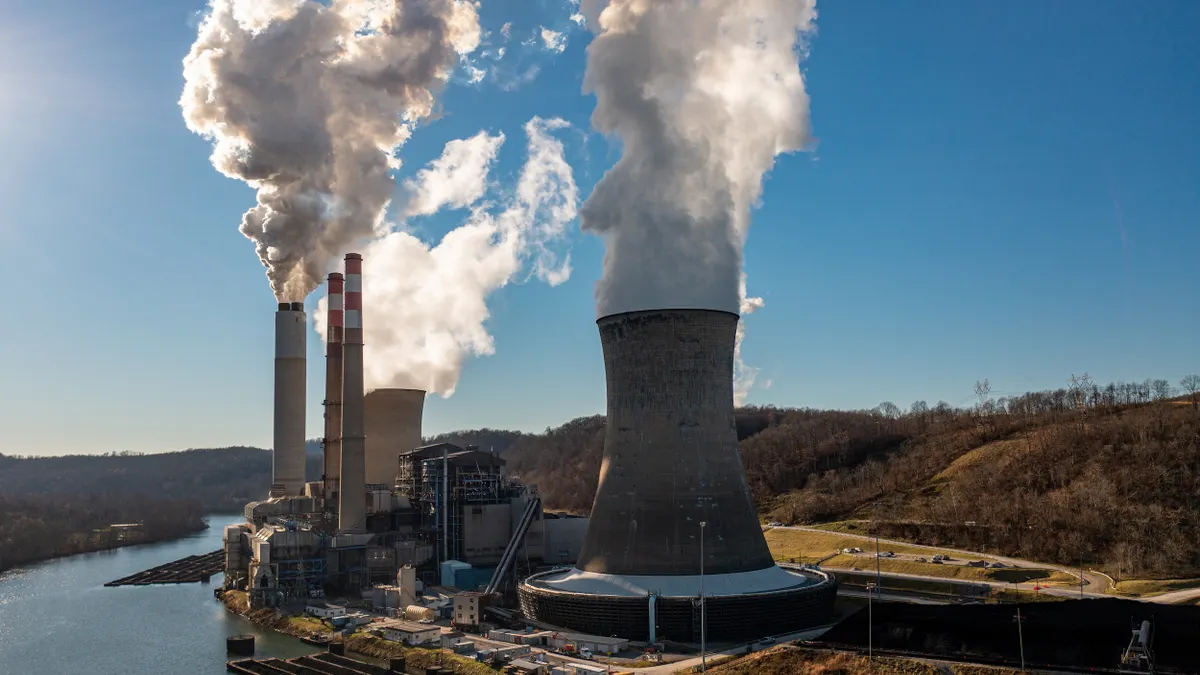Darren Springer is general manager at Burlington Electric Department.
In December 2016, I shared some thoughts on continuing the fight against climate change as a new federal administration was about to take office with important climate accomplishments hanging in the balance. My hope and belief then were that we would continue strong progress in states and communities, including in Vermont with a then-recently passed renewable energy standard, or RES, just coming into effect in 2017, regardless of the pro-fossil fuel agenda taking hold in Washington, D.C.
The Trump administration did pull the U.S. out of the Paris global climate agreement and rolled back regulations. However, states and communities stepped up, Congress extended critical renewable energy tax incentives and clean energy deployment advanced with solar setting records in 2020, and solar and wind constituting over 80% of grid capacity additions that year. More recently, the federal government fully joined the climate fight when the Biden administration and Congress enacted major infrastructure, climate and clean energy legislation including the Inflation Reduction Act. In Vermont, we also made significant strides with the cleanest electric grid in the nation and a recently updated RES that will help continue our progress on renewable energy deployment.
As a second Trump administration takes office, it is fair to question whether clean energy progress can continue. The U.S. still provides direct and indirect subsidies to the fossil fuel industry that total hundreds of billions of dollars and the incoming administration may seek to effectively raise taxes on clean energy technologies like solar, wind, battery storage and electric vehicles by rolling back key IRA programs. We need to advocate — don’t raise taxes on clean energy.
We also need to keep working against these headwinds to make clean energy the cheapest energy, ensuring widespread adoption. This is not a pie-in-the-sky idea. Consider that, in 2008, around the time the original Chevy Volt plug-in hybrid debuted, the cost for EV batteries was $1,415 per kWh. By 2023, the cost had declined 90% to $139 per kWh, according to the Department of Energy. And, Goldman Sachs projects that battery prices will fall to $82 per kWh by 2026, putting EVs on par with gasoline vehicles from a cost standpoint, even without incentives.
Further, recall that the first modern 60 watt equivalent LED light bulb sold for about $40 per bulb when it came to market in 2012. Today in Vermont, you can buy a 10-pack of efficient LED light bulbs at the local hardware store for $14, or $1.40 per bulb. Solar power costs per module exceeded $100 per watt in the 1970s; this summer they were $0.31 per watt in the U.S.
A combination of supportive policy and technology innovation made these cost reductions possible. State and local action will be one of the most effective means of continuing the momentum for clean energy deployment and cost reductions.
On Election Day in Burlington, Vermont, voters supported local action by approving with a strong margin a $20 million Burlington Electric Department, or BED, revenue bond investment to support electrifying even more of our transportation and thermal needs. In December, the Burlington City Council will consider a new energy benchmarking ordinance that is a first step towards policy that would require certain commercial buildings to become more energy efficient. January will mark the one-year anniversary of Burlington’s implementation of the first-in-Vermont carbon fee that applies to permits for fossil-fuel heating and thermal systems in new construction and large existing buildings. Also in January, when the talk in Washington, D.C., will be of climate policy rollbacks, at BED we will be rolling forward new and updated rebate programs to help customers continue to electrify with heat pumps, EVs, e-mowers, e-bikes, e-buses and more.
We will continue our work to ensure equitable access to technologies like EVs and EV charging, because electricity is not only the cleaner fuel, but it also costs less per mile than fueling with gasoline and keeps more of our dollars local.
While Burlington was the first city in the nation to become 100% renewable, we are not simply maintaining the status quo. We have several efforts underway to make the McNeil wood-chip plant more efficient and reduce stack emissions while we also explore using the site for innovative projects such as energy storage, to accompany the new solar research center and Village Hydroponics indoor agriculture facility now located at the plant. And with Vermont’s RES updates, BED will continue to lead by adding new renewable resources as our load grows through electrification.
While incoming federal leadership will be stepping back, states, cities, and communities can make a major difference by stepping up. In Burlington, we will continue to invest in strategic electrification which is the cornerstone of successful climate action. If the new administration proposes cutting clean energy incentives, BED is prepared to respond by bolstering electrification rebates, just as we did during the pandemic with a set of green stimulus programs. We will join other communities in achieving economically beneficial climate progress, and in rejecting the pro-fossil-fuel agenda that is emerging in Washington, D.C.



















